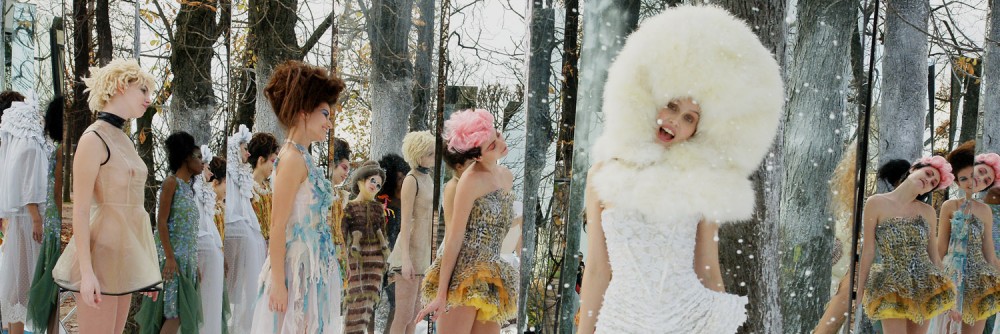In thinking further about Deleuze and time – and the notion of horizontal and vertical time – I was reminded of a film I saw recently at the Tribeca Film Festival.
This is an Italian film directed by Laura Bispuri: Sworn Virgin, or Vergine Giurata. I saw it as a conscious choice made by the director to take a very nuanced approach to time elapsing in the film. Rather than have the story unfold in a linear fashion, she chooses to go back and forth between the past and the present – the past in Albania and the present in Italy. However it is not a simple case of having the story unfold in flashbacks, which is a technique that is often used in film.
The film tells the story of a woman in a remote part of Albania who exercises a choice to live her life as a man – a custom that allows her to escape the sheer drudgery and enslavement in living out her life as a wife and mother. In return for this freedom, she has to take a vow of celibacy for the remainder of her years. She decides after some years to leave that life behind, and relocate to Italy where she seems to have some family.
We see her in her new environment, as she learns to negotiate a new country/city, new people (there are even some members of the family she does not know), new apartment, and new job – not to mention coming to terms with her awakening sexuality and desires.
I read the choice made by the director with regard to time as being driven by 2 factors. First, Bispuri is bringing to light a custom that a lot of us probably aren’t aware of; and not having a clear sense of time, of what is occurring when, sort of adds to the sense of the unknown. Further there is very little dialogue in the film; it has a ruminative quality to it as a lot of what transpires on screen portrays the inner life of the protagonist. So in this sense too, it adds to the experience of the film not to have a clear sense of time unfolding.
In essence then, it takes a while for us to understand place and time, past and present, as well as relationships. It is an instance IMO of deliberately obfuscating the audience, to let the story unravel so to speak – to almost let it wash over them.
I do have to add a footnote though – just so that I don’t mislead anyone: the film could have been a tad shorter/tighter!


